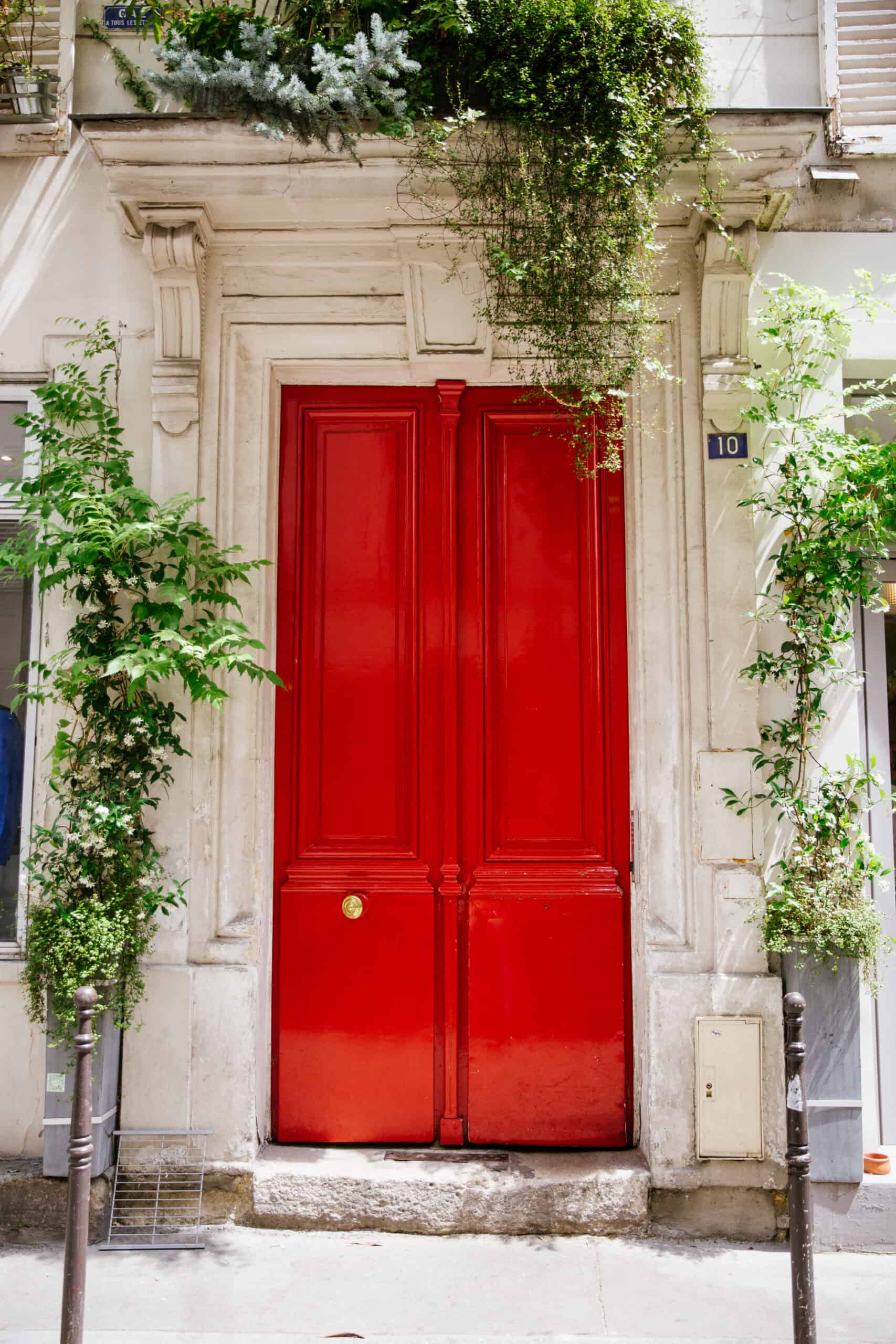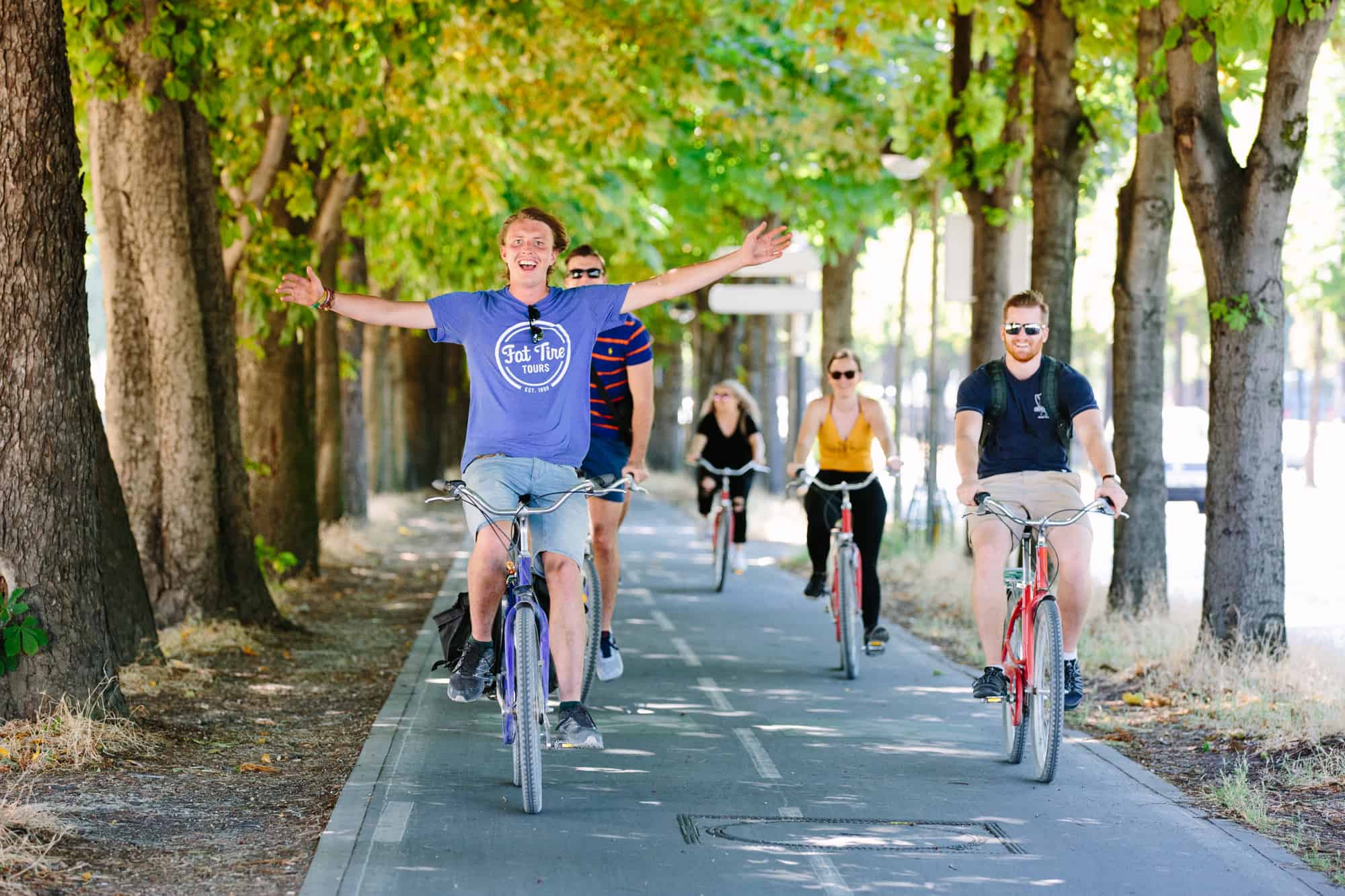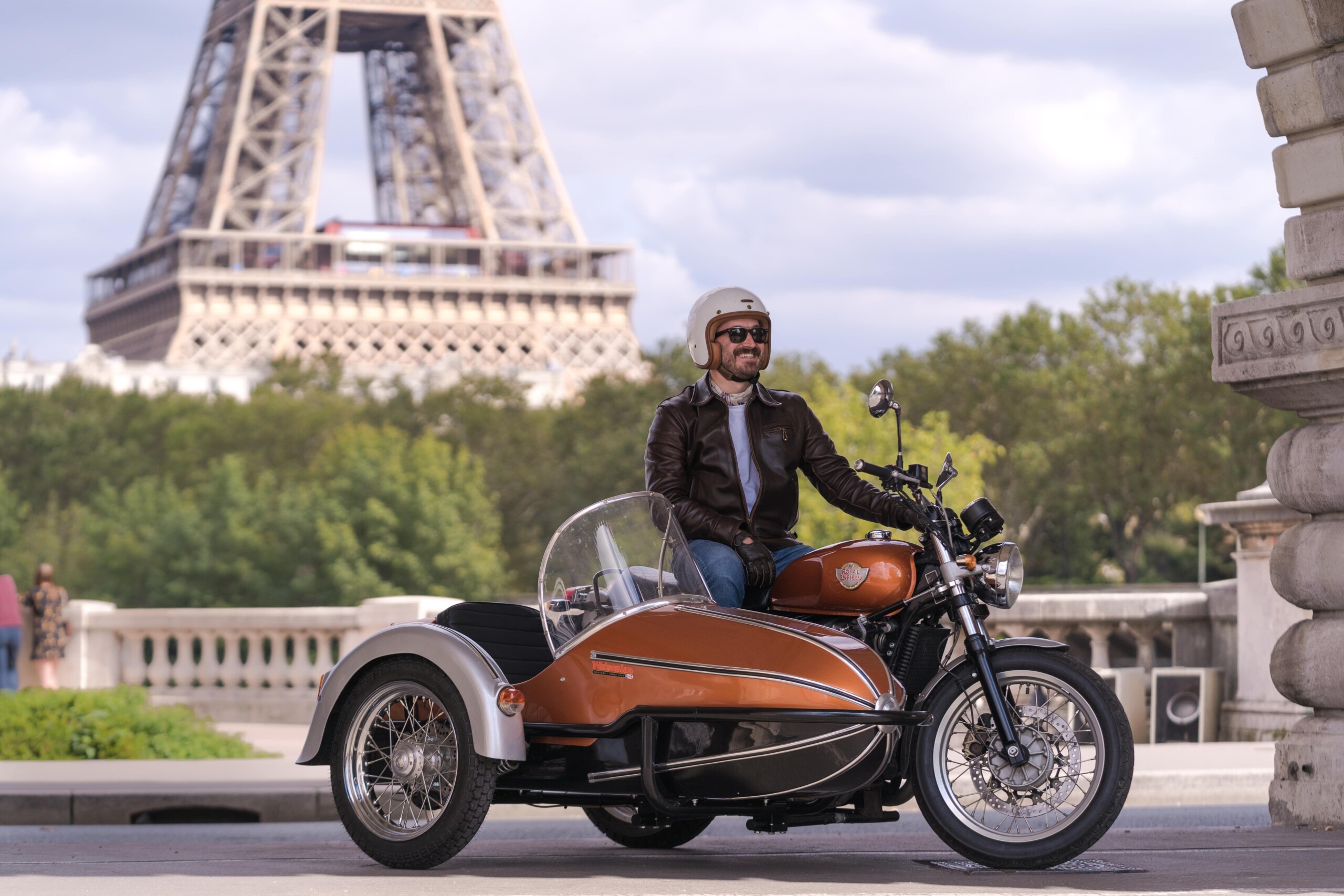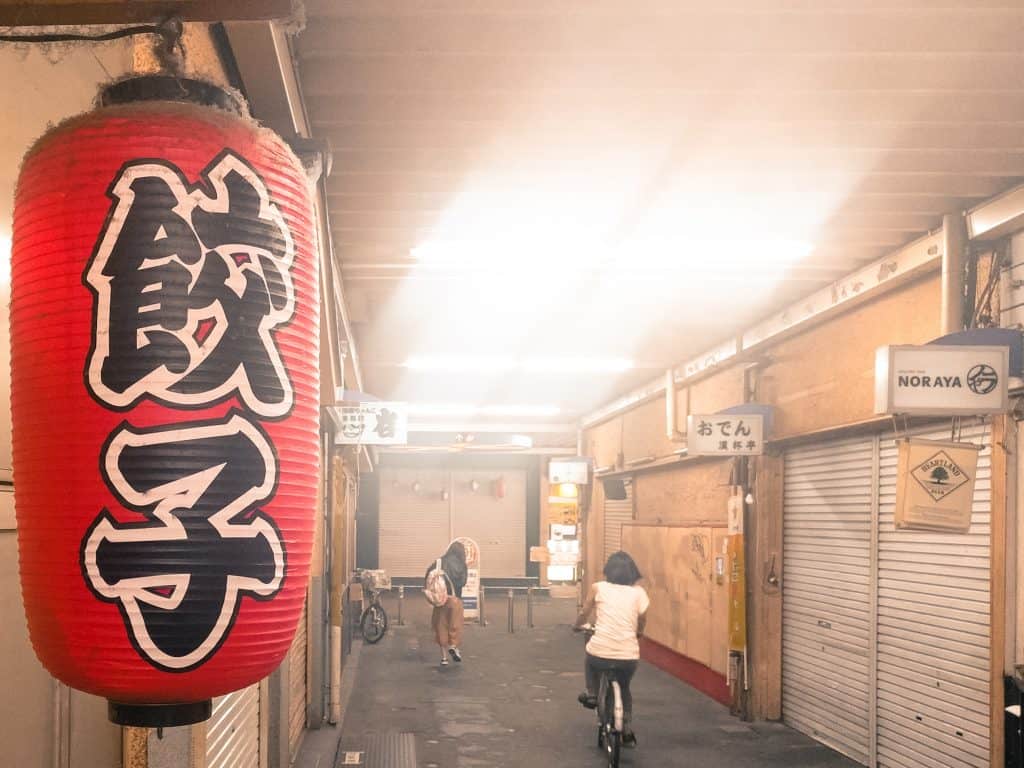
If you’ve ever caught a glimpse of a cute courtyard behind an imposing front door, you’ll know there’s more than meets the eye to Paris living. Your journalist, having lived in the “City of Light” for over five years, is about to spill the secrets of just how habitation here works, all in the name of intercultural communication…

Security
If you’ve been to Paris before, you’ll be familiar with the impregnable-looking doors protecting the city’s apartment blocks. Each door has at least one “digicode”, a four-digit security code on the front of the building. But, if you’re a bit of an adventurer, you should know that during work hours from Monday through Saturday you can sometimes enter without knowing the code! Because many residential buildings also contain offices (doctors/dentists/lawyers) that have a constant flow of clients, there is a small round button located underneath the code pad that opens the door. Simply push this button to see if you can have a sneaky peek inside…
The general rule is: the larger the door, the more there is hidden behind it: you might find a peaceful courtyard, a well-kept garden, a piece of historical architecture, who knows!
Most apartment blocks have a live-in (or part-time) “gardien”. While it might sound like a romantic title, a gardien’s job is to be responsible for the maintenance of the building’s public areas, like the stairs and – if there is – outside space. If you have a particularly nice gardien, they’ll also sign for any packages and put them aside for you.
Style
The typical Parisian building is known as “Haussmannian”, dating from the late 1800s, when Georges-Eugène Haussmann was commissioned to redesign Paris by demolishing crowded and unhygienic areas, and cut through the city with wide, tree-lined avenues. The ‘new’ buildings are those we are now most familiar with, and which give Paris its sense of cohesiveness. Think: wrought iron balconies, cream gypsum stone, and carvings that became gradually less discreet and more elaborate as the years went by. There are also a lot of newer residential buildings, which are far less attractive. The advantage of these more recent constructions is the more-or-less certainty of elevator access to the higher floors. Older buildings, especially those which survived Haussman’s redesign, usually just have long, steep staircases all the way up 6/8 storeys.
Society
Talking of stories, the floor you live on has a lot to say about your social class in Paris. On the top floor, you’ll find the old maids’ chambers which have been converted into tiny student studios, often with a shared bathroom on the landing. A very lucky learner might have a washing machine in his/her room, but the majority of the class will have to adjust to weekly visits to the nearest laundromat. That’s a lot of stairs…
So, the poorest were, and are, usually at the top of residences (unless there’s an elevator – that changes everything). What about the richest? Not on the first floor, which is an easy target for break-ins, and has the added disadvantage of being overlooked by passers-by, but the second/third floors.
Sssshhh!
Yes, living in Paris makes you feel a little like a sardine in a 6-floor sandwich. Who you end up with as a neighbor is a complete lottery, and can make or break the entire experience. Walls and floors are pretty thin, and many people like to keep their windows open at all hours. This means that, when you move into an apartment or studio in Paris, you have to cross your fingers that your immediate neighbors don’t: object to the slightest noise made after 9 pm (bye bye any kind of social gathering), invite over ten friends every evening for band practice, have a newborn infant, or are planning to have one…
Where can you get the best views of all Paris’ beautiful buildings? The Eiffel Tower, of course! We suggest you check out our website and choose the tour of your dreams!




